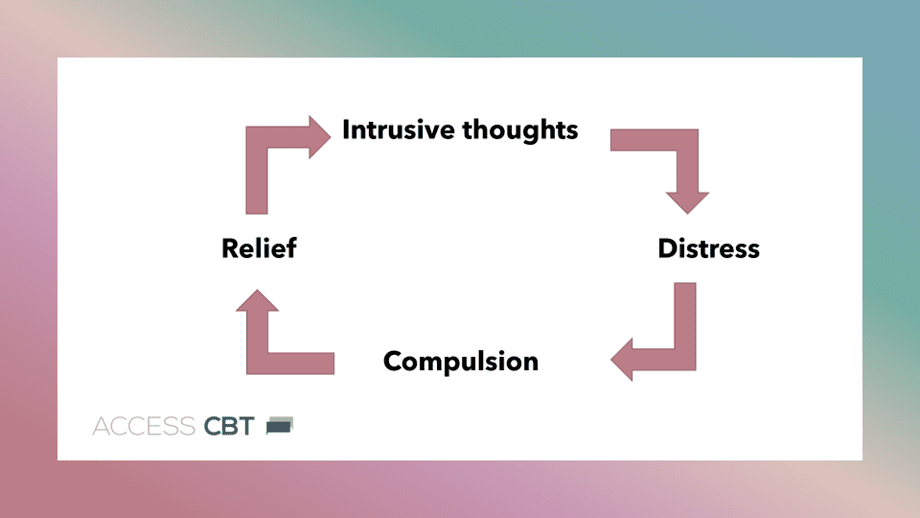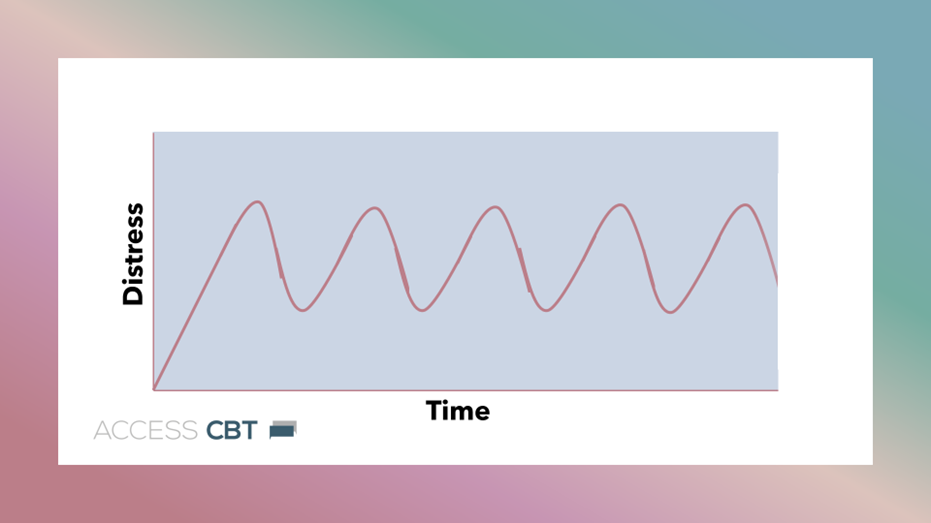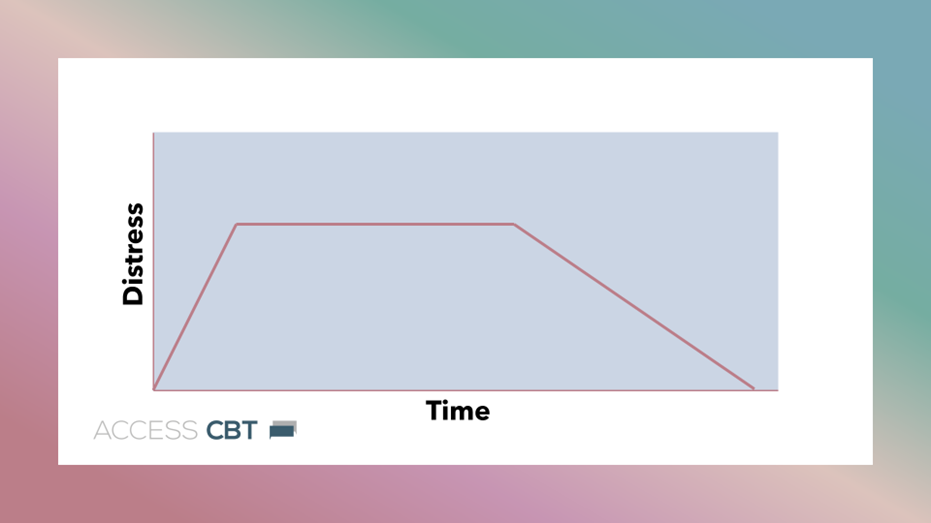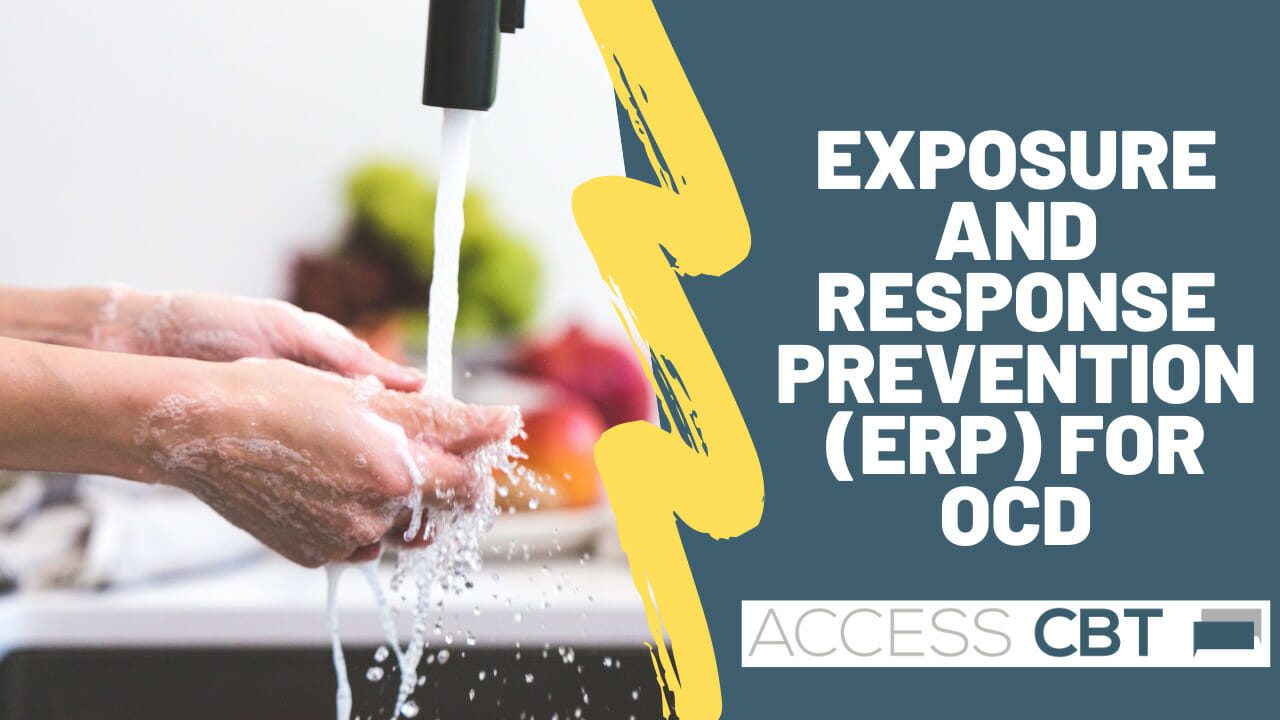Exposure and Response prevention (ERP) for OCD
What is Exposure and Response prevention (ERP)?
Exposure and response prevention is used in OCD as a way of teaching you, and your OCD, that the distress the follows exposure to a trigger will reduce and become less of a problem for you, if you don’t use your compulsions. As you and your CBT therapist progressively expose you to more and more of your OCD triggers, while you resist the use of your compulsions, you find that you need to use your compulsions less and less. Exposure and response prevention is incorporated into the most effective OCD treatment protocols, which means that if your therapist isn’t incorporating some aspect of ERP into treatment, then you are less likely to get the outcomes that you are hoping for.
Also it’s important to note that the idea of being exposed to triggers for OCD can feel incredibly scary for many, and can even lead some people to drop out of treatment. As such, it is particularly important that you work with a therapist who will explain to you fully exactly how ERP works and then work with you to introduce the technique in a therapeutic way. Even though we expect and want you to feel some degree of anxiety as you do ERP, we never want you to experience anything that is overwhelming or you believe is beyond your capacity.
So with this said, lets talk about why ERP works. Lets begin by looking at this model…

This model shows us the vicious cycle of OCD. You can see here that when we are faced with a trigger for our OCD, we have an intrusion show up, which leads to an increase in emotional distress. We then engage in a compulsion to get rid of the distress, which, when completed leads to a sense of relief. When we get another intrusive thought, the vicious cycle then repeats.
What is happening here is the relief that we experience from doing our compulsion reinforces the use of the compulsion whenever we get further intrusions. For clarity, compulsions can be overt or covert. Overt means behaviors that we can see such as flicking light switches, checking, and getting reassurance. And covert is the stuff that happens in our heads, like counting, neutralizing a bad thought by thinking of a good one, or going over past memories to reassure ourselves. So when we are using ERP, we can target dropping both overt and covert compulsions, which is helpful in OCD subtypes in which compulsions are external, such as cleanliness and orderliness OCD, or internal, as in the case of Pure O or Sensorimotor OCD.
ERP is an effective treatment in all of the OCD subtypes, even if the compulsions are not obvious.
So, how do we do ERP? As the name suggests, there are two components – The Exposure and the Response Prevention.
The exposure component can take a couple of different forms, but the main aim is to expose the OCD sufferer to something that will activate an obsession. So, for someone who has harm-based OCD, we may trigger an intrusion by showing them a knife. In the case of cleanliness/contamination-based OCD, we may generate exposure by touching dirty door handles, or a toilet seat. In some cases, it might be difficult to create real-life conditions for exposure, so we will create imaginal conditions, say by writing an exposure script or a recording of the feared intrusion.
When the exposure activates an intrusion, it leads to an increased level of emotional distress. Typically this is fear or anxiety. It is common for people who experience problems with anxiety to have unhelpful beliefs about what will happen if they experience too much of it. They may believe that their anxiety will just keep going and going, as shown in this slide.

So, rather than risk this happening, people with OCD will use then use their compulsions. Looking at these next two diagrams, we can see that using a compulsion typically leads to a reduction in distress, that is, we experience relief.

The desire for relief feeds into continuing use of the compulsion and we get this effect, where the compulsion gets repeated every time the intrusion occurs, but the anxiety never really goes away. The compulsions maintain the distress and therefore the OCD.

Essentially, we want to break this pattern. Exposure and response prevention looks like this:

We expose ourselves to a trigger for an intrusion or obsession, and then prevent use of the normal compulsive response. As you can see, the anxiety stays at a high level for a while, but doesn’t keep getting higher and higher as we saw in the first slide. Instead, after a certain amount of time, our anxiety begins to reduce. This is called habituation. We are learning that our intrusion, and the trigger for it, are not in themselves truly harmful, and therefore we do not need to feeling anxious about it. When we learn this, our body stops responding to it as a potential threat to us and the anxiety goes down by itself. If we do this repeatedly, we experience an extinction effect, that is, the trigger and intrusion, no longer generate an anxiety response for us and we no longer need to fill our lives with compulsions, like this next slide.

So we have looked at how exposure and response prevention works in the treatment of OCD. If you want to find out more about ERP for OCD then keep watching my other videos, and If you want to try ERP for yourself, then you can contact me at accesscbt.co.uk


